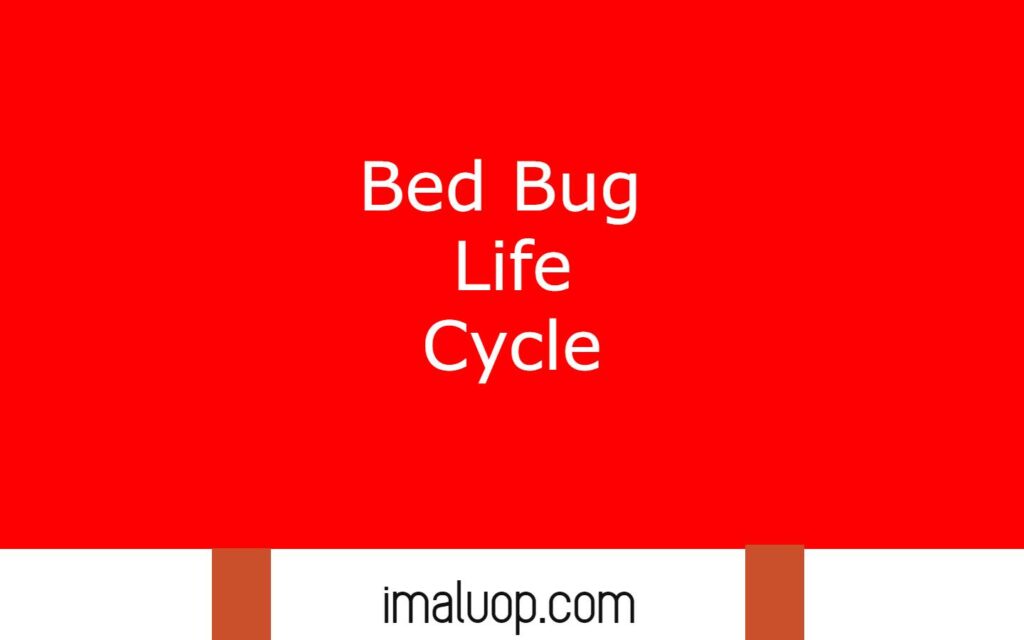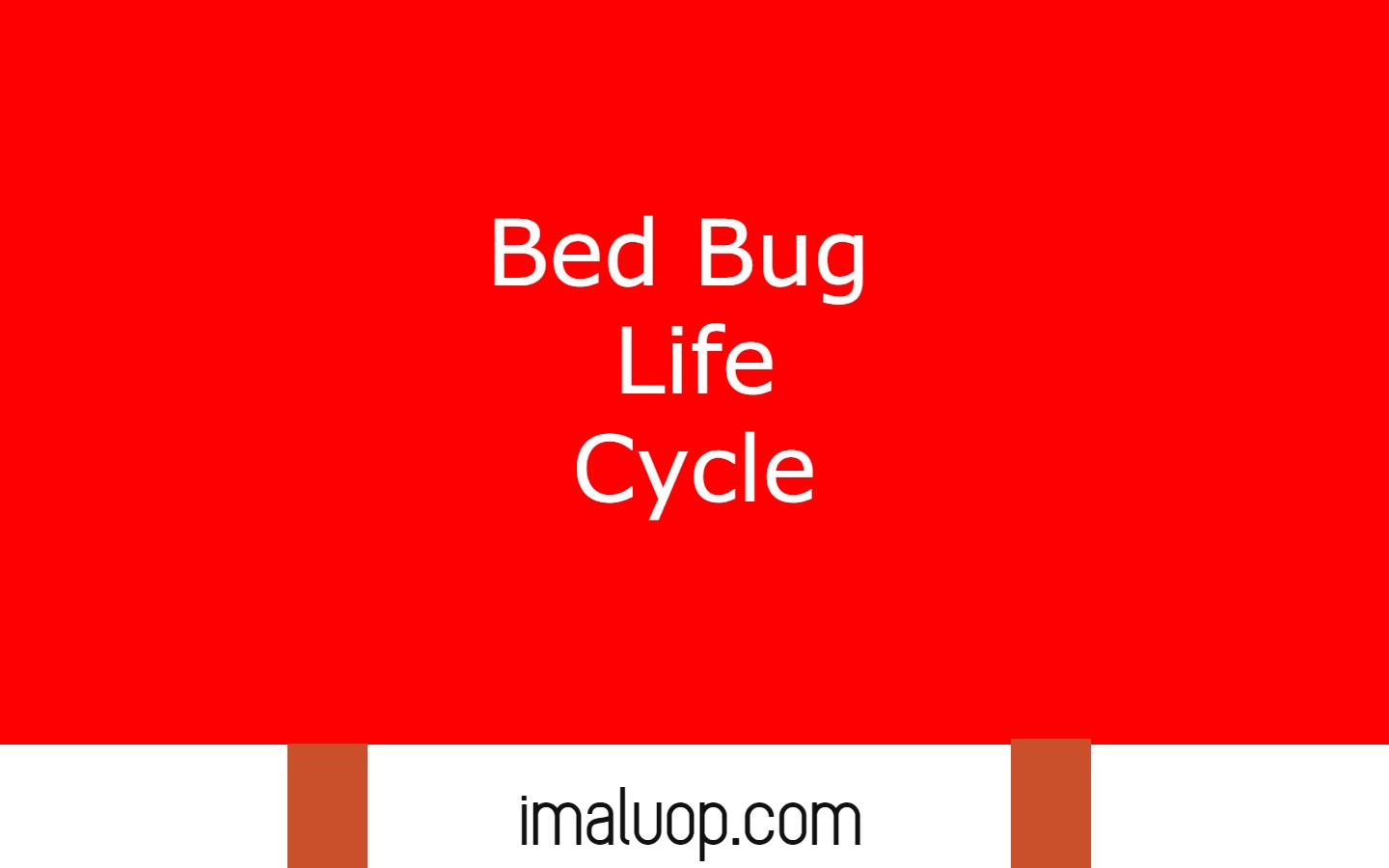Today we are going to discuss an insect bed bug life cycle which will give you an general overview about the different stages of their life and how they disturb human lifestyles.
Table of Contents
Basic Idea About Bed Bug:
Bed bug or Cimex Lectularius are reddish brown coloured, flat, oval shaped, tiny insect is a member of order Heteroptera and family Cimicidae who generally present in uncleaned mattress but they not only present bed but they also present in cracks of floor, sofa, different wooden furniture like table and chairs.
They are also known as “Bug without Borders” because they can survive in all conditions and they are dependent on warm blooded animals including humans for food because they feed on human blood when humans sleep generally during night but they remain inactive during daytime.
Bed bugs generally do not transmit any diseases from one human to another healthy person but their biting causes some discomfort. They can create scratches on the skin and their biting causes an itching sensation and it is most frequently observed in those people who travel frequently.
One very unique adaptation makes them survive on uncleaned mattresses or anywhere for a long time and they can only be eradicated by proper pest management. They can survive without taking food for a very long time and they become alive upto one year without any food which makes them able to survive those places and bite when humans come contact to those items.
Their biting causes extreme itching and sometimes it becomes painful so we should always try to maintain cleanliness in our house, especially the items which we use for sleeping, for example bed mattress, sofa and other furniture.
Bed Bug Life Cycle:
The First Stage: Eggs Stage:
The female bed bugs lay around 250 to 300 eggs total in their lifespan and they generally lay eggs in different cracks like cracks in the floor in clusters. Their pearl white eggs hatch from one week to two weeks into the nymph stage which are highly dependent on mammal blood for their feeding to survive and they search for humans.
Second Stage The Nymph Stage:
The nymph stage is a long stage in the life cycle of bed bugs and it takes around 5 weeks to complete their 5 nymph stages before they become adults.
First Nymph Stage:
The nymph after hatching the eggs are around 1.5 mm in size and they start to feed human blood until they reach an adult mature stage. Nymphs are independent so they start feeding immediately but once they reach the adult stage they can survive without any food for a long time, around a year without food.
Second Nymph Stage:
The first stage nymph of bed bug continuously feeds on human blood and moult to transform into the second Nymph Stage which is around 2 mm long.
Third Nymph Stage:
The second stage nymph moults again to transform into the third stage nymph of bed bug which is around 2.5 mm in length so on every moulting they increase in size.
Fourth Nymph Stage:
After the third nymph stage the bed bug moult and transform into its next nymph stage, the fourth nymph stage which is around 3 mm in size and now they become much bigger.
Fifth Nymph Stage:
The fourth stage nymph moult further to convert into its last nymph stage, the fifth nymph stage which is around 4 mm long and it is much bigger in the life cycle of bed bugs.
Adult Stage:
Finally after the transformation through the five nymph stage bed bugs become mature and adult bed bugs which are around 4.5 mm long and they become alive upto 6 month.

During this time period they are able to reproduce and lay eggs again to continue their life cycle and in adult stage they are not required to take food regularly for their survival, they remain alive and reproduce even without any food for a long time.
Read More: Life Cycle of Ascaris
Hi Everyone!!! Welcome to Imaluop. Imaluop always try to learn some new and he want to share to other people. Here we will try to learn various topics on Science, specially on Biological Sciences.
